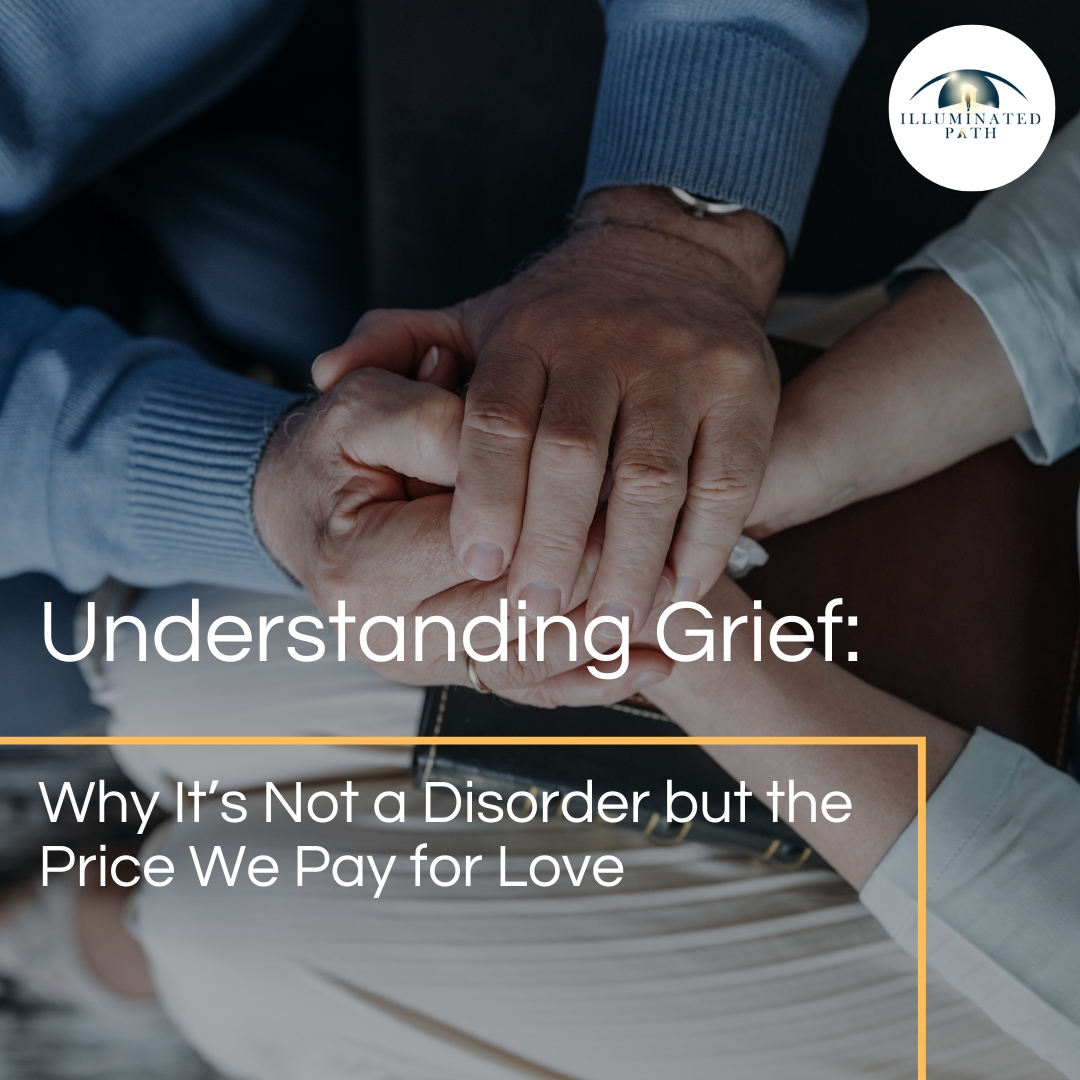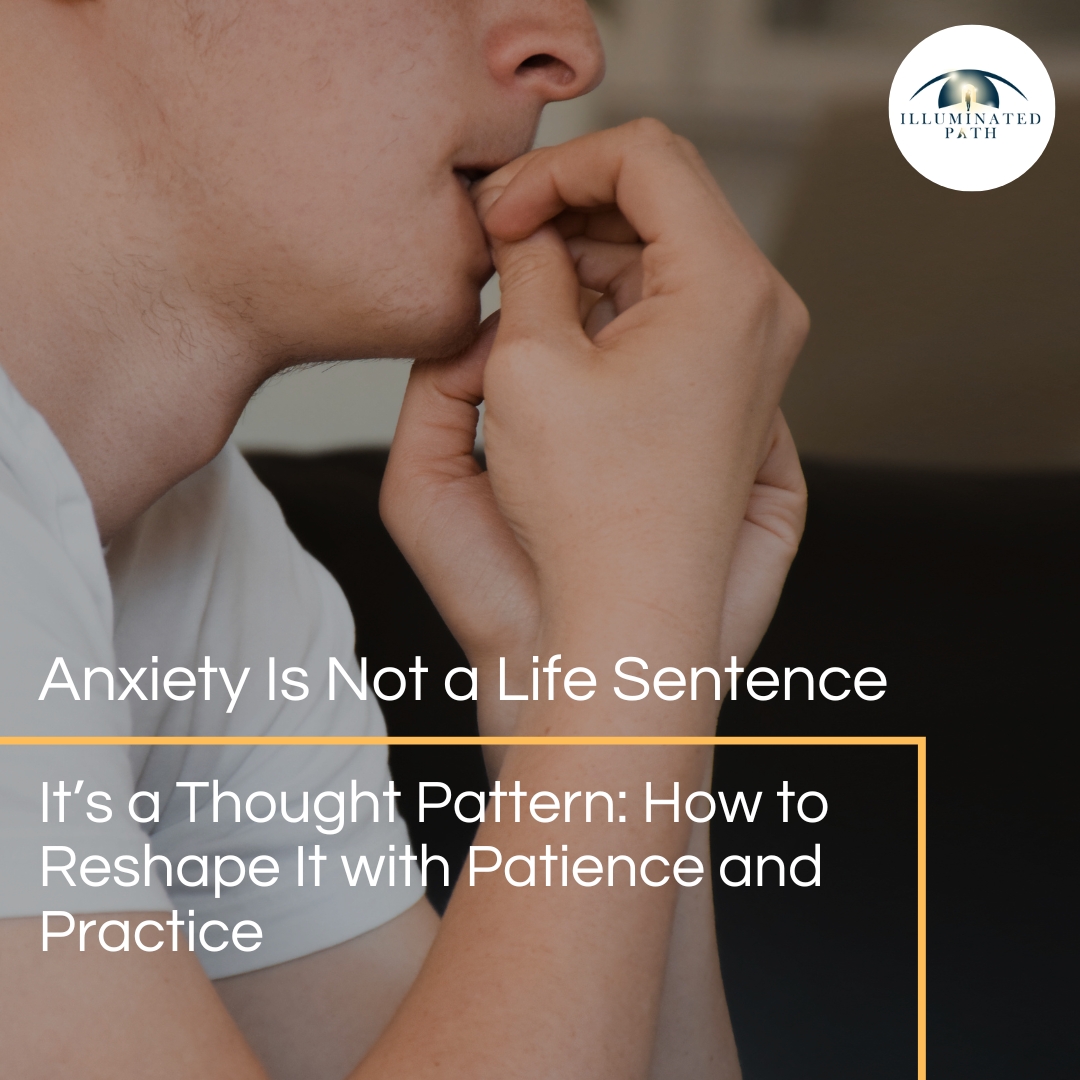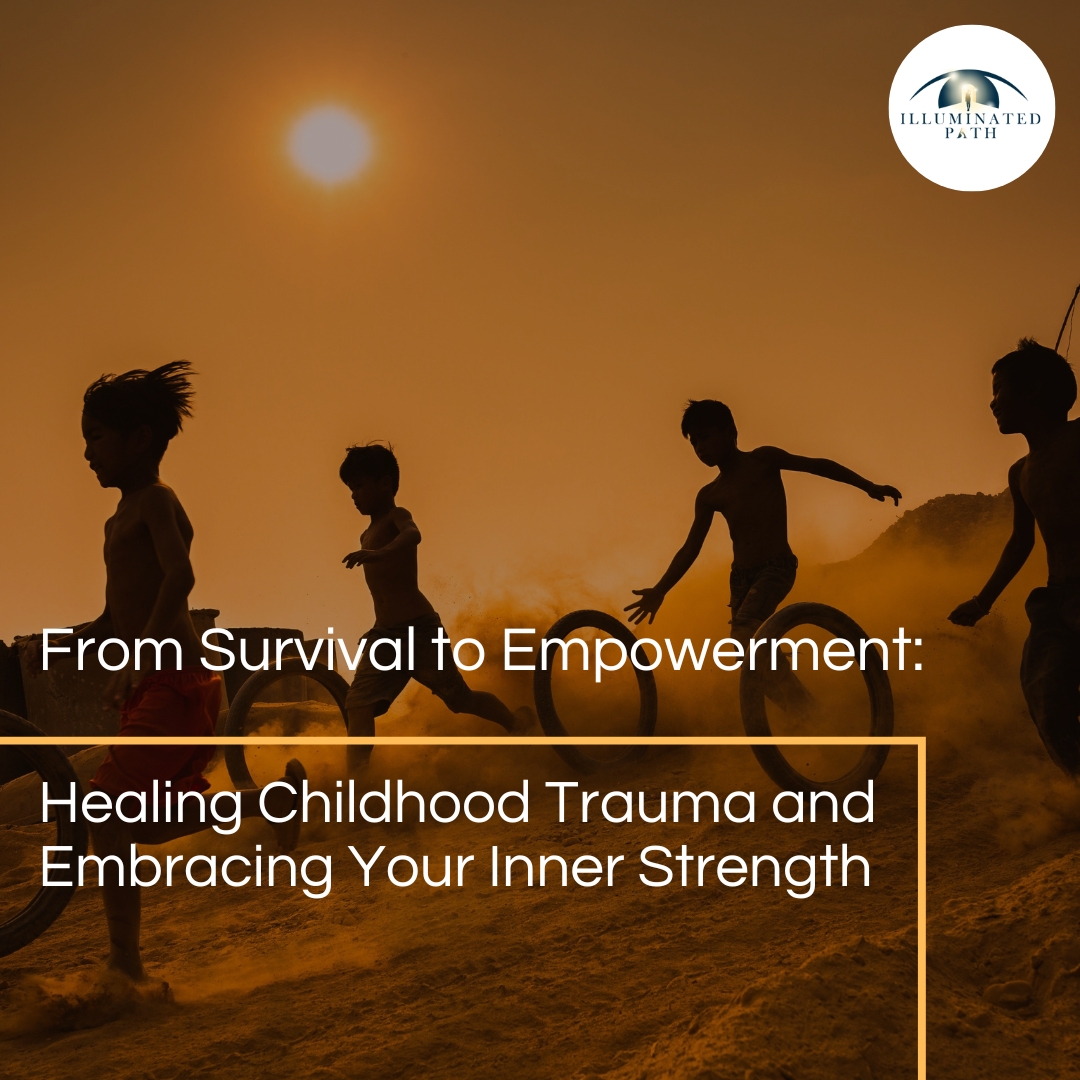
“Grief is not a disorder or a weakness. It is the price of love—a necessity that honors our emotional, physical, and spiritual bonds.”
Grief is often misunderstood in our culture. It’s seen as something to hide, rush through, or fix—as if sorrow were a mistake or an illness. But grief is none of these things. Grief is not a malfunction of the human spirit. It is evidence that we dared to love deeply, that we attached, connected, and invested emotionally in someone or something that mattered profoundly.
If you’re grieving right now—whether the loss is recent or decades old—this article is for you. Not to diagnose you or to offer a quick fix, but to remind you: your grief is not only valid, it is necessary.
Grief Is a Reflection of Love, Not a Sign of Weakness
Loss touches every life, and yet when it happens, many people feel completely alone. They wonder if they’re grieving “the right way,” if they’re being too emotional, or if there’s something wrong with them for still hurting months—or years—later.
But grief doesn’t follow neat rules or a predetermined timeline. It’s not an error to be corrected or a phase to “get over.” Grief is the soul’s natural response to loss. It is as real and as human as love itself.
Rather than a sign of emotional instability, grief is proof that something—or someone—was deeply meaningful. It’s what happens when love has nowhere to go.
What Grief Really Is (And Isn’t)
Grief extends beyond the death of a loved one. People grieve all kinds of losses: the end of a relationship, the loss of a dream, a major health diagnosis, the passing of a beloved pet, or even the loss of identity that comes with life transitions.
There is no one-size-fits-all version of grief. Some feel it as intense sadness, others as numbness or anger. For some, it shows up in the body—fatigue, muscle tension, or changes in sleep and appetite. For others, it emerges more emotionally: a sense of emptiness, guilt, fear, or confusion.
There’s also a common misconception that grief unfolds in tidy stages: denial, anger, bargaining, depression, and acceptance. While this model can help people understand that grief has many layers, it’s important to note that people don’t always experience these “stages” in a linear or predictable way. Grief is cyclical, not sequential. You may feel anger long after acceptance, or encounter sadness when you thought you’d moved on.
What grief isn’t is pathological. It’s not a personal failure, nor does it mean you’re broken. The feelings you’re experiencing are not only understandable—they’re expected.
Why “Moving On” Isn’t the Goal
We live in a society that doesn’t know what to do with grief. There’s an unspoken pressure to bounce back quickly, to return to work, to be “strong.” But real grief doesn’t disappear on command, nor should it. When people tell you to “move on,” they often misunderstand what healing really means.
You don’t have to move on from someone you loved. You don’t have to stop thinking about them or loving them just because time has passed. In fact, healthy grieving often includes what psychologists call “continuing bonds”—maintaining a sense of connection with the person or part of your life that has been lost, even as you begin to reengage with the present.
Grief doesn’t end. It evolves. With time and care, what was once unbearable becomes something you carry with more ease. It becomes part of your story, but not the whole of it.
Grief as a Sacred Process: The Physical, Emotional, and Spiritual Impact
When grief hits, it affects every layer of our being:
Emotionally, it can bring waves of sorrow, regret, gratitude, anger, or even moments of joy when recalling a meaningful memory.
Physically, grief is exhausting. You may feel drained, experience aches and pains, or struggle with appetite and sleep. This is your body reacting to the intense stress of emotional pain.
Spiritually, grief often prompts deep questioning. You may wrestle with meaning, identity, faith, or the purpose of suffering and connection.
Far from being symptoms of a disorder, these reactions reflect the totality of our loss. Grief reminds us of the depth of our bonds—and how profoundly human it is to feel them.
When Grief Feels Like Too Much
While grief is a natural process, sometimes it can become so heavy that it feels unbearable. If you’re stuck in sadness that doesn’t shift, struggling with guilt or anger you can’t understand, or feeling like you’re losing your sense of self, these are signs that you may benefit from additional support.
There’s also a form of grief known as complicated grief or prolonged grief disorder. This occurs when the natural healing process becomes stalled, and symptoms persist or intensify over time. People with complicated grief often feel unable to move forward, avoid reminders of the loss, or feel detached from life.
But here’s the truth: there is no shame in needing help. Therapy isn’t just for crisis—it’s also for care. If your grief is starting to interfere with daily functioning or quality of life, a trained therapist can help you process your emotions, reduce isolation, and move toward healing at your own pace.
How Grief Therapy Helps
Grief therapy offers a compassionate space where your loss can be witnessed, not minimized. It allows you to:
Tell your story without fear of judgment or pressure to “be okay.”
Understand the complex emotions you’re experiencing.
Explore unresolved feelings, such as guilt, anger, or regret.
Develop coping tools that support your mental and emotional well-being.
Honor your loss while slowly rebuilding your relationship with life.
There is no “right” time to begin therapy. You may feel ready weeks after a loss, or not until years later. What matters most is that you’re supported in a way that feels safe and sustainable.
Therapists who specialize in grief often use a variety of modalities—including talk therapy, mindfulness-based strategies, EMDR (Eye Movement Desensitization and Reprocessing), narrative therapy, and somatic practices—to meet you where you are.
Grieving and Living: Yes, You Can Do Both
Healing from grief doesn’t mean forgetting or erasing your loss. It means learning to live with it, and—eventually—through it. It means holding space for both sorrow and laughter, memory and new experiences, pain and joy.
It’s okay if your grief feels fresh even after a long time. It’s okay if some days feel light and others feel impossibly heavy. Grief isn’t a destination you arrive at—it’s a landscape you learn to navigate.
You are allowed to grieve and still move forward. You are allowed to hurt and to heal. One does not cancel out the other.
Final Thoughts: You Are Not Alone
If you’re grieving, the most important thing to know is this: you are not alone. There is no weakness in your sorrow—only evidence that your love ran deep.
Grief is not something you have to carry in silence. It’s not a measure of emotional failure. It is a mirror of what you cherished, and that deserves to be honored.
Therapy can provide the support you need, whether you’re just beginning to face your grief or have been carrying it for years. You don’t have to “get over it,” but you can learn to live with it in a way that feels more whole, more grounded, and more compassionate.
You are worthy of that support.
Take the next step, when you’re ready.

The Author
Dr. Shadi Souferian Psy. D.
Licensed Clinical Psychologist
Therapist And Psychologist in Los Angeles And Beverly Hills.





